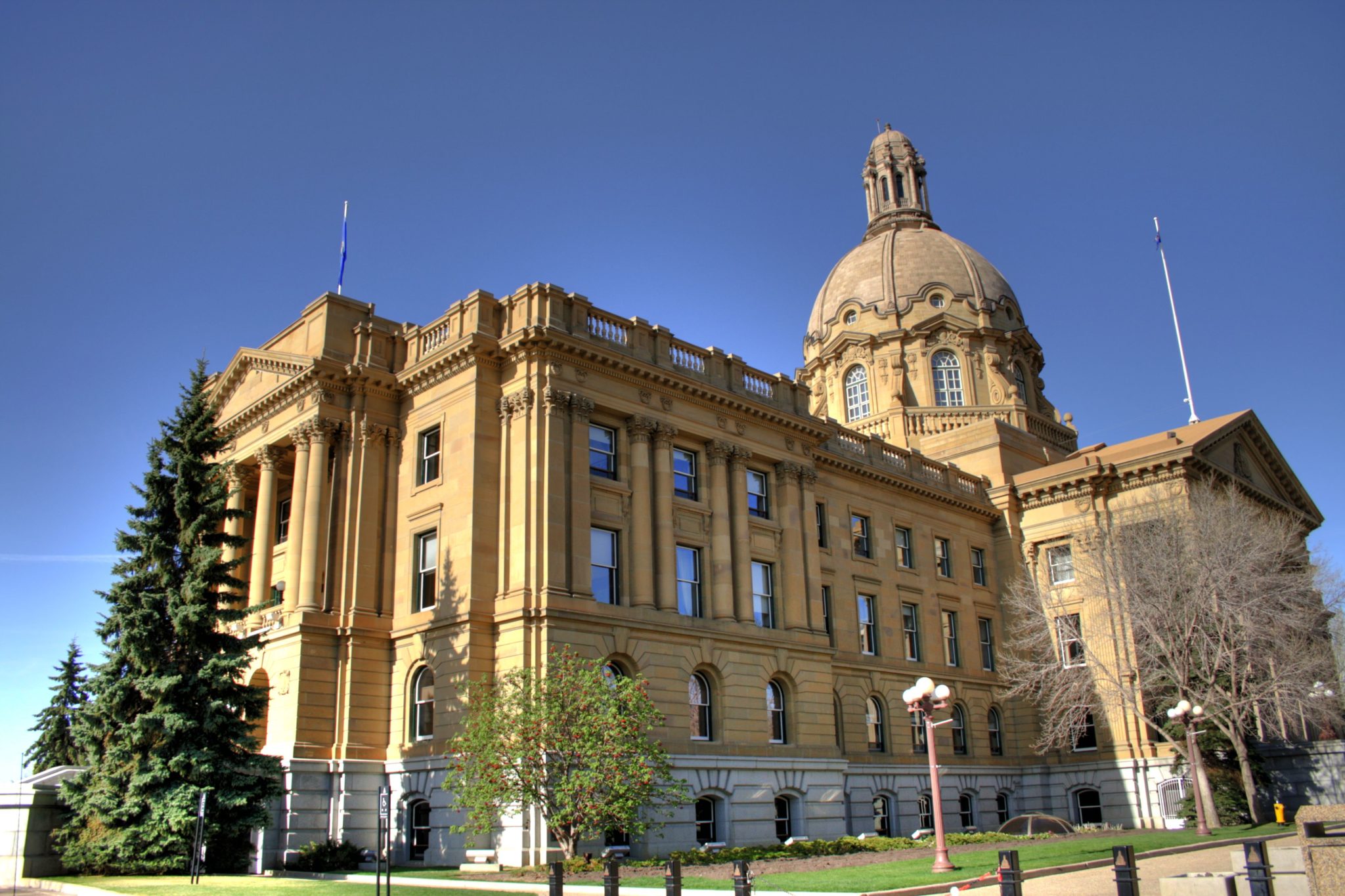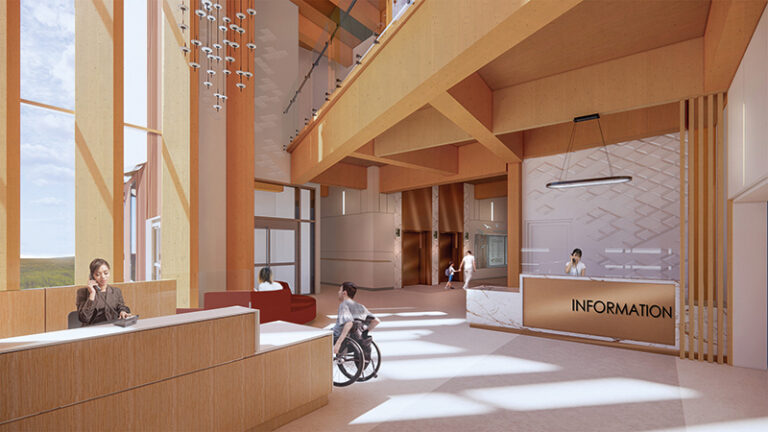The posturing and politicking has already begun in the run up to two significant elections taking place in 2019. And both will have a significant impact on infrastructure funding and priorities, as the parties discuss the best way to spend, or cut, hundreds of billions of dollars on public sector infrastructure.
The war out west
The only election in the first half of 2019 is in Alberta, where one-term Premier Rachel Notley’s New Democratic Party (NDP) will look to stave off a strong challenge from the United Conservative Party (UCP). The UCP are led by Jason Kenney, who held multiple ministerial roles in Prime Minister Stephen harper’s cabinet before resigning as an MP in September of 2016 to focus on provincial politics.
During the four years that the NDP have been in office, they have accomplished a fair amount on the infrastructure portfolio, especially in terms of megaproject development. They have provided financial support for multiple projects in the transportation, transit, health care, and water-wastewater sectors. However, the government has come under fire for its level of support, not providing the level of financial support that is expected by municipalities. We discussed this last year after Edmonton Mayor Don Iveson suggested a change was needed in the funding formula for new infrastructure projects, suggesting that the tri-government one-third split should instead be a 50-40-10 split, taking into consideration who has to pay for the operations and maintenance of the asset through its entire lifecycle. The most recent major project in Edmonton to receive government funding, the Yellowhead Trail Freeway Conversion Project, received just $241.6 million of the overall $1 billion from each of the provincial and federal governments.
On the infrastructure portfolio, the government has also found itself embroiled in controversy. In September, the government terminated the contract of Graham Construction, who was the Construction Manager for the $647.5-million Grande Prairie Regional Hospital. Graham has suggested that it could take legal action as a result of having its contract terminated.
Kenney’s infrastructure priorities had not been clearly stated by the time this report went to press, but it will important to see whether his investments focus on the big city priorities and renewable energy resources, as the NDP seem to now, or if he will take a different approach.
A second term for Trudeau?
It has been a term of record investment in public sector infrastructure at the federal level, but thanks to decisions made in other strategic portfolios, that might not be enough to allow the Liberal government to return for a second term in office.
The Conservative Party of Canada (CPC) is making a strong push to reclaim power in Ottawa, and polling in the fall suggested Andrew Scheer’s term may win a mandate on October 21st. What that means for record levels of infrastructure spending is not quite clear, but it could mean that the Canada Infrastructure Bank will be short lived. The CPC has made it clear that they don’t believe the Bank is necessary, instead favouring the traditional public-private partnership model already in place for building infrastructure megaprojects in Canada.
It’s worth keeping an eye on a few key current and future projects, and how those could impact voter support for the current government. The timing of the opening of the Champlain Bridge Corridor could impact the vote, as the opening will occur about four months out. Whether voters are more excited about its opening or the six-month delay that was incurred could sway the vote in either the CPC or Liberals’ favour. The same could be said for the proposed Northern Corridor. If the federal Liberals pursue moving the proposed $100-billion project forward, could that help push voters to support them in some rural ridings throughout the country?
The release of the CPC plan for infrastructure development will be the key development to watch for in the coming months.
The rest of Canada
There are three additional provincial and territorial elections that will take place in 2019, all of which are set to occur over a two-day span in the heart of the federal campaign.
On October 7, voters in Prince Edward Island and the Northwest Territories (NWT) are set to elect new provincial and territorial leadership. In the NWT, there has been an uptick in transportation and fibre infrastructure built over the past term of office. That includes the completion of the Inuvik to Tuktoyaktuk highway, approval of the Tlicho all-season road, and the installation of 4G wireless technology in every community.
In Prince Edward Island, Wade McLauchlan will look to secure a second straight majority for the Liberals, after capturing 18 of 27 seats in the 2015 election. Funding secured through the bilateral agreement with the federal government is helping to address some of the province’s infrastructure issues, but several communities have been vocal about the need for more resources to rehabilitate and renew aging road, bridge, and cultural infrastructure.
The following day, on October 8, voters in Newfoundland and Labrador are scheduled to head to the polls. Liberal Premier Dwight Ball is seeking a second majority mandate in the province, after his party captured 31 of 40 seats in the 2015 election. The party only had six seats leading into the campaign.
The cloud that still hangs over the province’s collective head is that of the Muskrat Falls Project, which now carries an overall project cost of $12.7 billion despite being originally budgeted to cost $7.4 billion. The inquiry into the project is set to deliver its final report by the end of 2019, which will provide insight into the cost increases, oversight, and the methodology behind the original selection of the project. How this issue will impact voter support for any party is not yet known, but if blame for the project overruns is assigned before the election takes place, it could play a major factor at the polls.
Will the minority’s hold?
We could also see two more provincial elections take place in 2019 depending on the stability of minority governments at opposite ends of the country. In B.C., the NDP-Green minority has held fairly strong so far, but that could change with one controversial issue or a sudden by-election. And in New Brunswick, both the Conservatives and the Liberals hoped to lead the minority government there, after the 22-21 result left the balance of power in the hands of the Green Party and the People’s Alliance (three seats each). Gallant was given the first chance to govern, but should he falter, and Conservative leader Blaine Higgs fail to produce stability, voters could quickly head back to the polls.
With hundreds of billions of dollars in infrastructure at stake, the 2019 election campaigns will be a determining factor in the level of investment and priorities for investment in infrastructure for years to come.
This article originally appeared in the January/February 2019 edition of ReNew Canada magazine.











